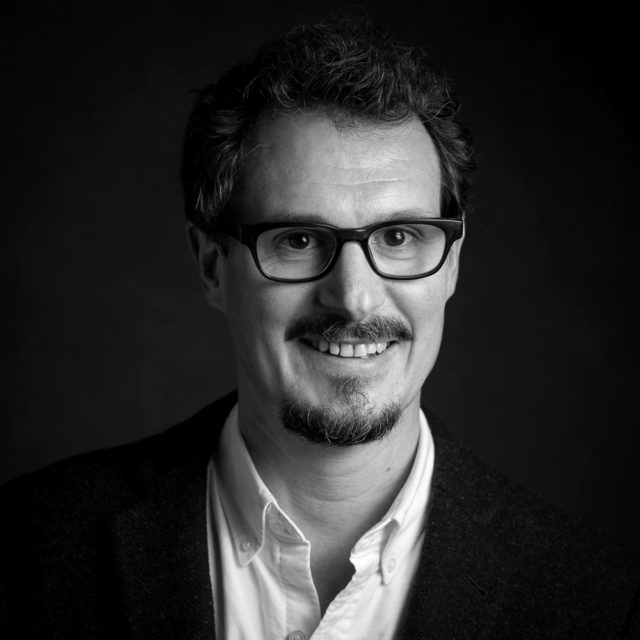Arjen Stolk
Building a Shared Conceptual Space
Speaker
-
Arjen Stolk

Arjen Stolk
Arjen Stolk recently joined the Psychological and Brain Sciences department at Dartmouth College. The research in his lab focuses on the principles and mechanisms of our mutual understanding abilities. To this end, he combines controlled studies of live communicative interaction with neuroimaging and electrophysiological recordings, including direct brain recordings from neurosurgical patients. The goal is to create a fine-grained characterization of our mutual understanding abilities, opening the way for understanding and treating disorders of human social interaction such as seen in autism.
Mediator
-
Cilene Rodrigues

Cilene Rodrigues
Cilene Rodrigues é Professora Assistente do Departamento de Letras da PUC-Rio. Atua nos cursos de Graduação em Letras e na Pós-Graduação em Estudos da Linguagem. Doutora em Linguística pela Universidade de Maryland, College Park, tem especialização em Sintaxe Teórica. Suas áreas de interesse são: Sintaxe e interfaces, gramática e processamento. É membro do LAPAL- PUC-Rio: Laboratório de Processamento e Aquisição da Linguagem (LAPAL).
Discussant
Abstract →
Arjen Stolk
Building a Shared Conceptual Space
Intuitively, humans understand one another because they share the same set of communicative signals such as words and gestures. However, that intuition neglects the extreme flexibility with which we employ our communicative signals in everyday social interaction. Neither can it account for our evolutionarily anomalous ability to instantly reach joint meaning of new signals in the first place. In this talk, I will present neuroscientific evidence converging on the notion that human communicators share not signals but a fleeting conceptual space. This shared conceptual space provides context for selecting and interpreting communicative signals. The shared conceptual space is jointly coordinated and updated during social interaction, and that coordinated updating is altered in individuals diagnosed with Autism Spectrum Disorder. Finally, I will present ongoing work demonstrating how empirical studies of social interaction can be combined with intracranial recordings in neurosurgical patients to yield rare mechanistic insights into our core interactional abilities.

